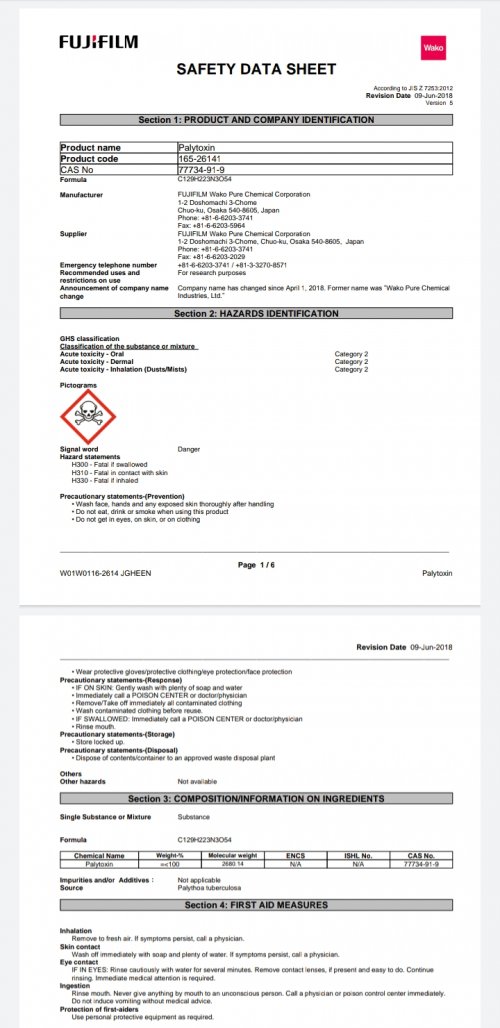People need to research and understand certain things. This very sad someone died cleaning the tank for their hobby.


Heartland man tragically dies of apparent palytoxin poisoning hours after cleaning aquarium | inforney.com
HEARTLAND, Texas — A Heartland man tragically died of apparent palytoxin poisoning hours after cleaning his household saltwater aquatic tank.
www.inforney.com


